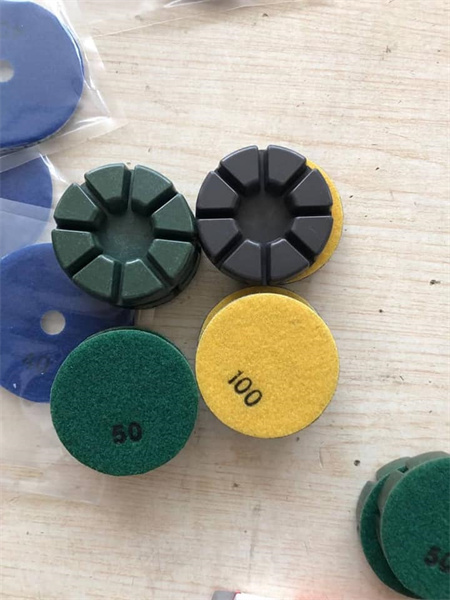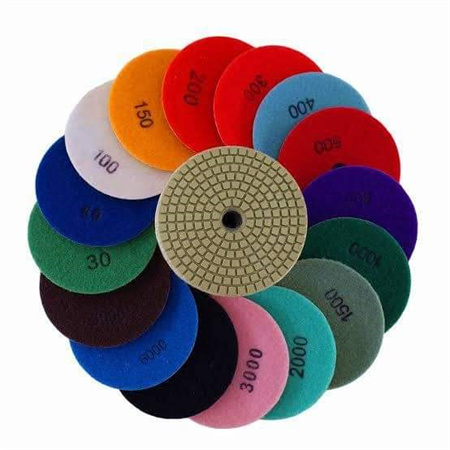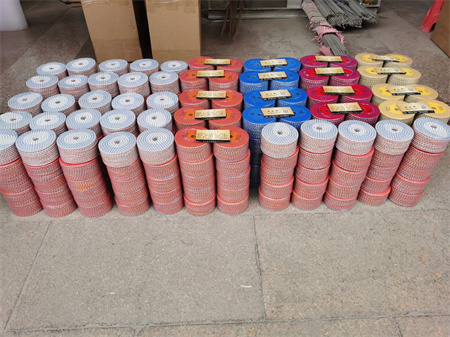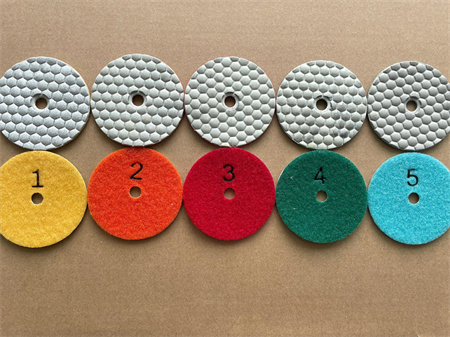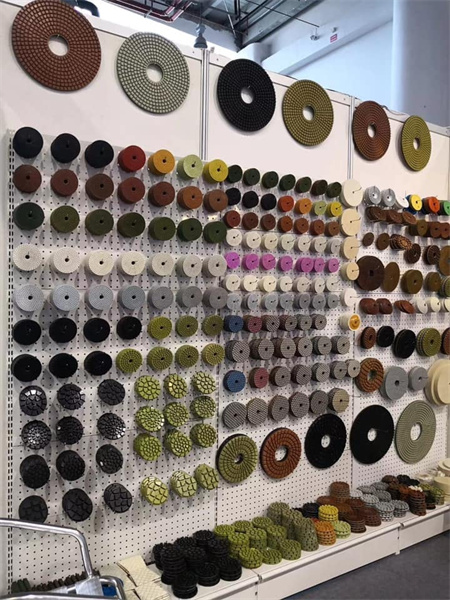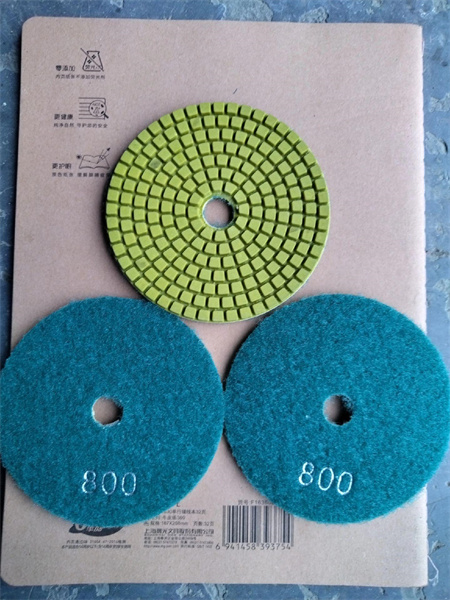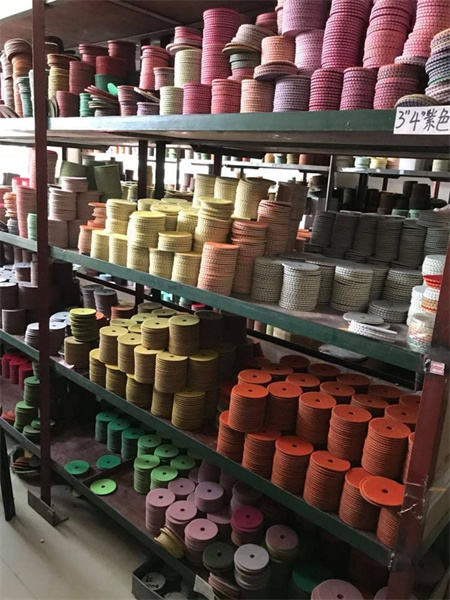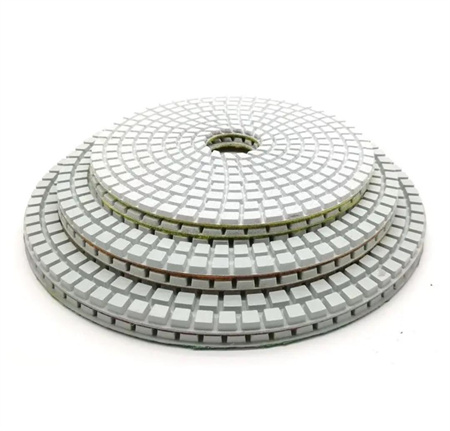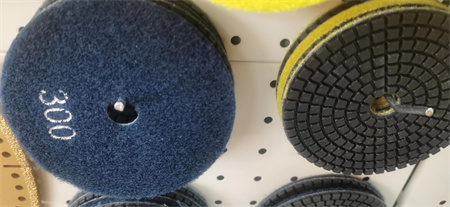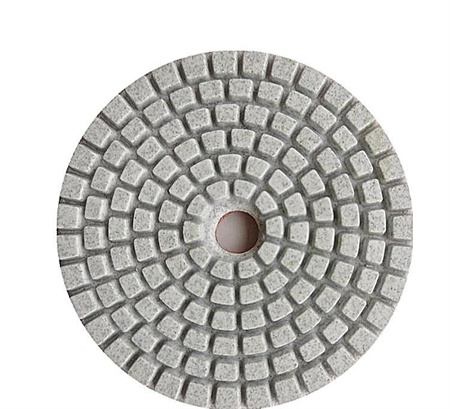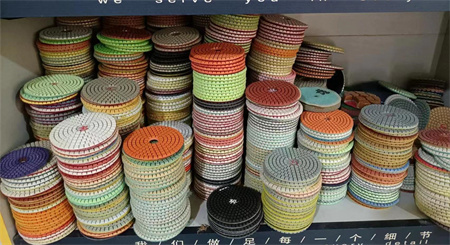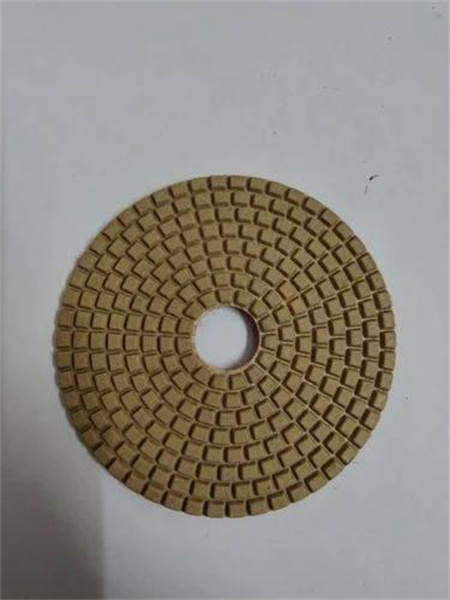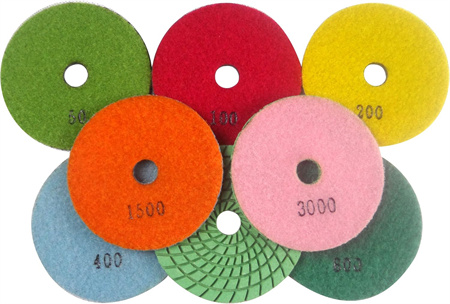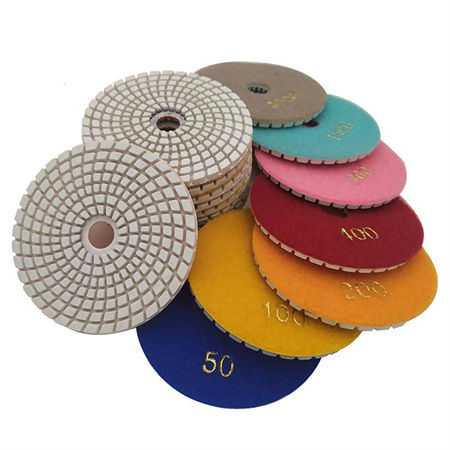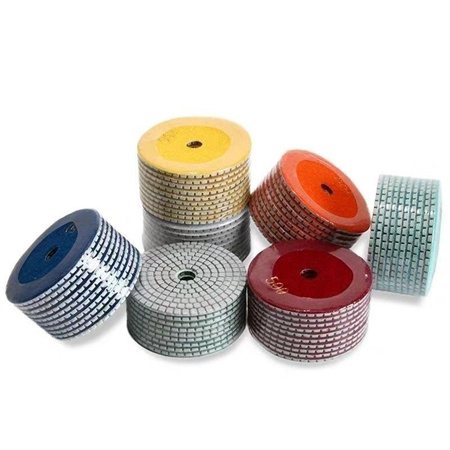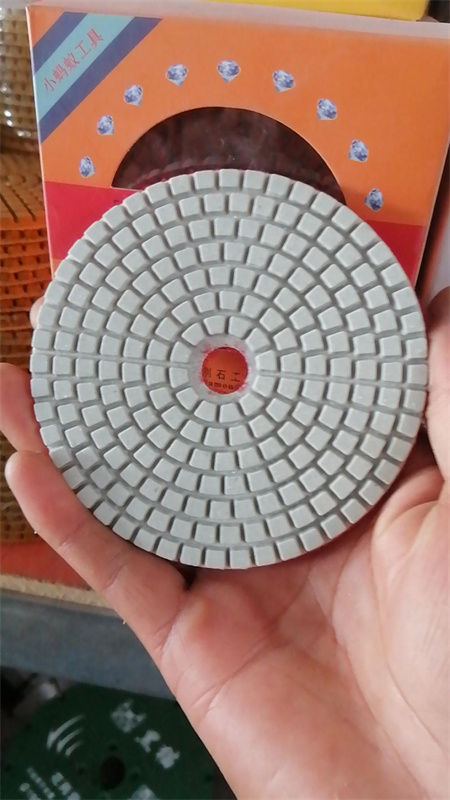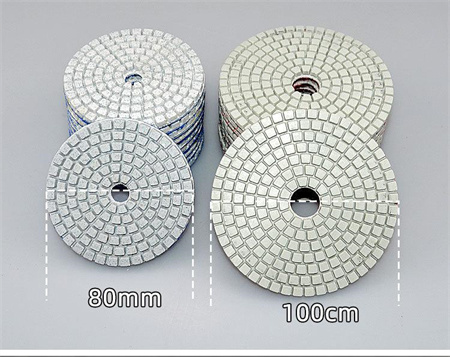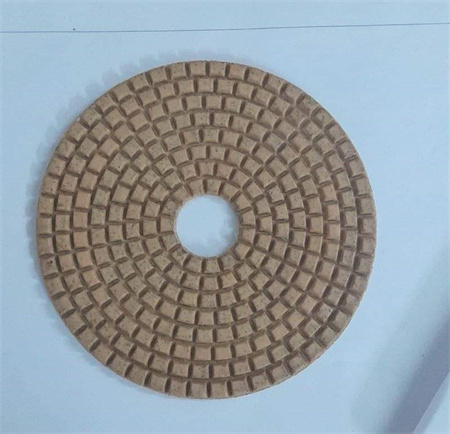Building DIY Kits for Small-Scale Polishing Projects
Polishing projects, whether it’s a piece of furniture, a car part, or a household item, are often seen as the final touch that elevates an object from ordinary to extraordinary. The shine, the smooth texture, and the refined appearance—these are the rewards of a good polish. For many, the idea of polishing might sound like a job best left to professionals, but with the right tools and know-how, small-scale polishing projects can be a rewarding and satisfying DIY endeavor. This is where DIY polishing kits come in, providing all the necessary tools and materials to help you take polishing into your own hands.
What’s Inside a DIY Polishing Kit?
A well-curated DIY polishing kit is more than just a collection of random tools. It’s a comprehensive package designed to provide everything you need for specific polishing projects. Whether you’re working with wood, metal, plastic, or stone, the kit should include the right materials tailored to the task at hand.
At its core, a polishing kit will typically include abrasives—such as sandpaper or polishing pads—each graded according to coarseness or grit. Starting with rougher grit, you gradually move to finer grades to achieve a smooth, glossy finish. For projects that require polishing metal, you’ll find specific polishing compounds and buffing wheels that help you achieve that mirror-like shine.
One of the key components in any polishing kit is a polishing compound. These compounds come in various forms, from pastes to powders, and are used to remove the fine scratches that remain after sanding, leaving a smooth and lustrous surface. Depending on your project, the kit may also include specialized tools such as rotary tools or polishing machines to make the process easier and more efficient. Additionally, many kits will feature gloves, cleaning cloths, and other protective gear to ensure safety while you work.
Tailored for Small-Scale Projects
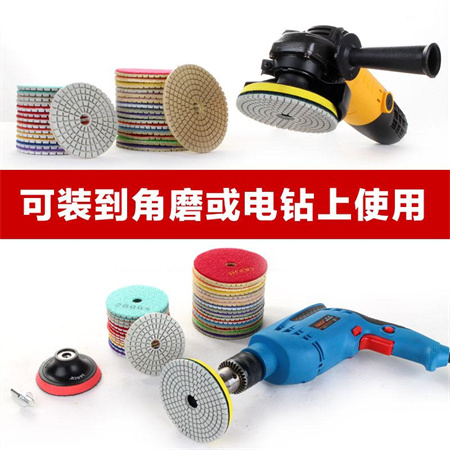
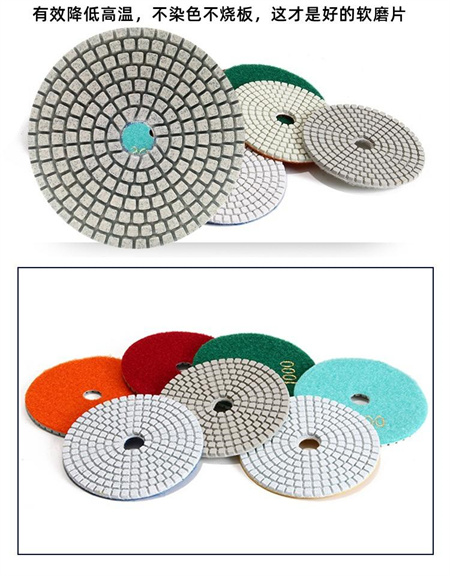
Why Choose a DIY Polishing Kit?
You might be wondering, why not just buy the necessary items separately? While it’s possible to gather individual tools, a DIY polishing kit saves time and ensures that you have all the right materials on hand. The convenience of having everything bundled together in one package can’t be overstated. Plus, many kits come with instructions, making them ideal for beginners who want to learn the ropes of polishing without feeling overwhelmed by a myriad of different tools and techniques.
Another advantage of DIY polishing kits is the sense of satisfaction that comes with doing it yourself. There’s something deeply gratifying about taking a dull, weathered object and transforming it into something shiny and new with your own hands. It’s not just about the end result, but the process itself—learning the techniques, experimenting with different tools, and mastering the art of polishing. Whether it’s restoring a cherished family heirloom or enhancing the look of everyday items, a DIY kit empowers you to add your personal touch to your projects.
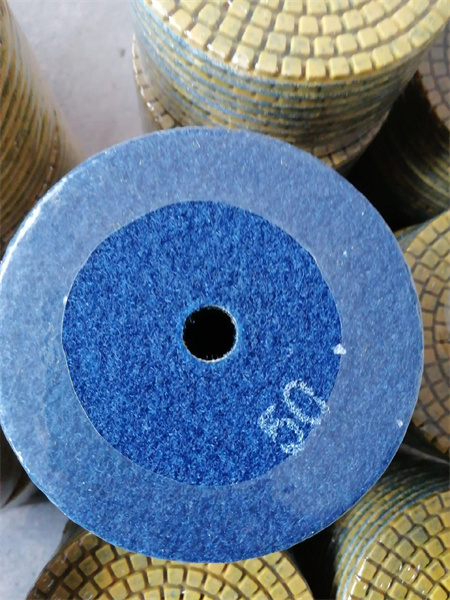
While DIY polishing can be incredibly rewarding, there are a few considerations to keep in mind before diving in. First, take time to properly assess the material you’re working with. Some surfaces, like certain types of wood or softer metals, may be more prone to damage during the polishing process. For delicate surfaces, you may want to start with a lower grit or use a hand polishing method instead of a power tool to avoid over-polishing or causing scratches.
Another factor to consider is the polishing compound. Not all compounds are created equal, and choosing the right one for your project can make all the difference. For example, a fine abrasive compound works well for creating a high-gloss finish on glass or acrylic, but it may not be the best choice for rougher surfaces like wood or steel. Understanding the materials you’re working with and the appropriate products to use is key to achieving a flawless finish.
Lastly, always remember to wear protective gear, especially when working with power tools or chemicals. Safety glasses, gloves, and a dust mask can help protect your eyes, hands, and respiratory system from harmful dust or chemicals that might arise during the polishing process.
Wrapping It Up
A DIY polishing kit is a fantastic investment for anyone looking to improve their polishing skills and take on small-scale projects with confidence. With the right tools and a little practice, you can give old, worn items new life or add a professional finish to everyday objects. The satisfaction of completing a project on your own, knowing you achieved the perfect shine, is an experience worth having. So why not start your next polishing project today and let your creativity and craftsmanship shine through?

